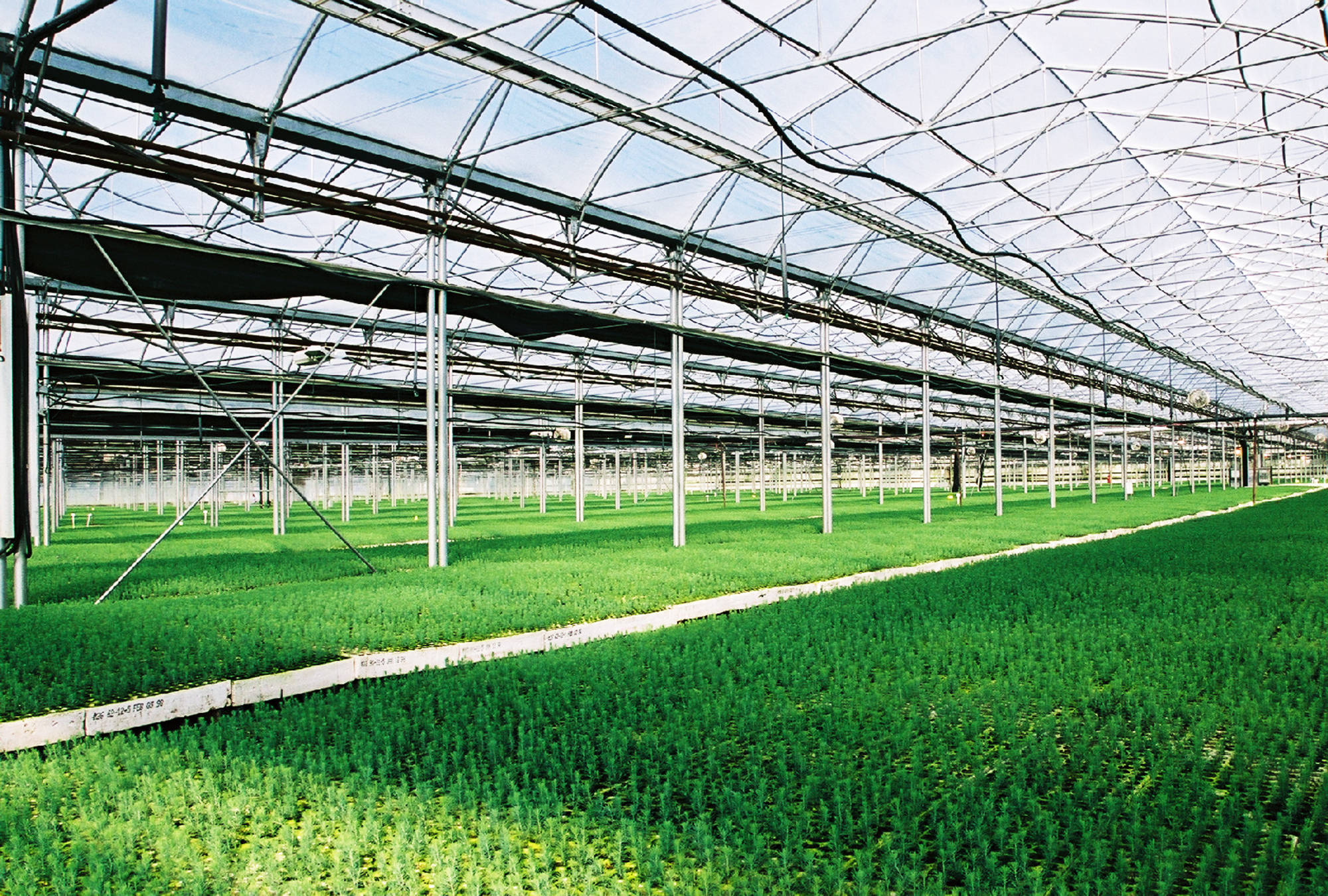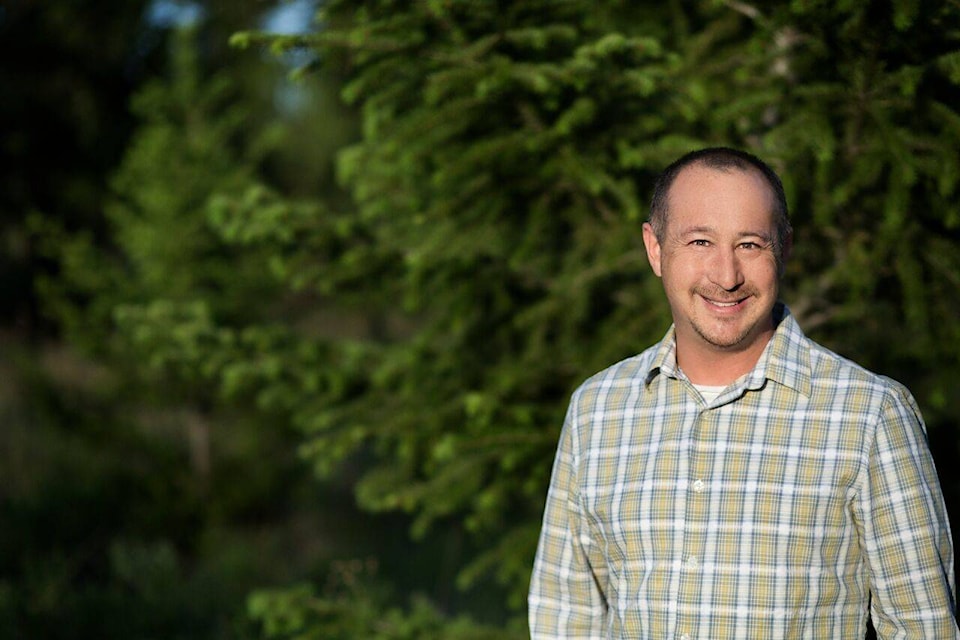The importance of a healthy forest in preventing wildfires as well as rehabilitation following wildfires was the subject of a presentation at the Forest Nursery Association of BC conference in Salmon Arm on Tuesday, Sept. 18.
Steve Kozuki, executive director of the Forest Enhancement Society of BC (FESBC) reported on some of the initiatives the organization has funded including those focused on wildfire mitigation and the reforestation of B.C.’s forests.
He says FESBC has funded projects to mitigate and prevent future wildfires, along with projects that have focused on the reforestation of those areas impacted by wildfire.
“The projects we fund will reduce wildfire risk, rehabilitate damaged forests, improve forest carbon management to mitigate climate change, and enhance wildlife habitat,” he said.
Kozuki notes the Forest Enhancement Society uses three main tools in forest rehabilitation: plant trees on land that has been impacted by wildfires and that wouldn’t otherwise have trees, fertilize the trees to make them grow faster in order to remove carbon from the atmosphere sooner and find alternative uses for fibre left from forestry operations.
Some of the fibre that is usually burned in slash piles can be used to make alternate energy products like wood pellets, something the society has increasingly been involved in funding, he says.
“When you burn wood, carbon goes into the air, but if we use the fibre to make alternative energy like wood pellets, the green energy substitutes energy that would have been provided by fossil fuels, which has a positive carbon benefit as well.”
Kozuki says the vast majority of pellets are for industrial use, something that is particularly attractive because it is a substitute for coal, which he describes as “the dirtiest fuel.”
“Whenever there’s logging, by law, companies must reforest, but when we lose forests to natural causes such as insects, disease or fire, nobody has the responsibility for reforesting, Kozuki says.
“FESBC, in partnership with the BC government and the Government of Canada, pooled funds to sow 11 million seedlings last autumn,” he says, noting that surveys from areas burned in this year’s wildfires indicate that significantly more seedings will be sown to reforest these areas this year and in the years to come. “Good forest management in British Columbia requires a large network of excellent collaborators, and forest nurseries throughout the province are key partners.”
Kozuki says the society is doing the best it can with the funding it has and that several successful forest fuel mitigation projects have been undertaken in the province.
“All the applications we have received have received funding,” he says, pointing out dozens of communities have come around to realizing the risks to infrastructure, communication towers, evacuation routes and access to such places as provincial campgrounds and homes on the interface all need to be considered.
“They are actually realizing the risk is far greater than they thought, even among forest professionals,” he says.
Elizabeth Engelbertink, FNABC president, says B.C.’s forests have come under extreme pressure in the wake of the mountain pine beetle epidemic and two years of record-breaking fire activity.
“Our nursery members are world leaders in tree growing practices and stand ready to help grow the hundreds of millions of trees that will result from FESBC sponsored initiatives,” she says. “We look forward to working with the FESBC to help them meet these important objectives.”
barb.brouwer@saobserver.net
Like us on and follow us on




